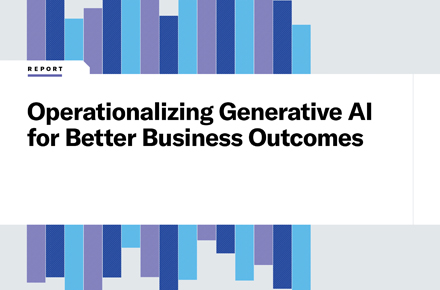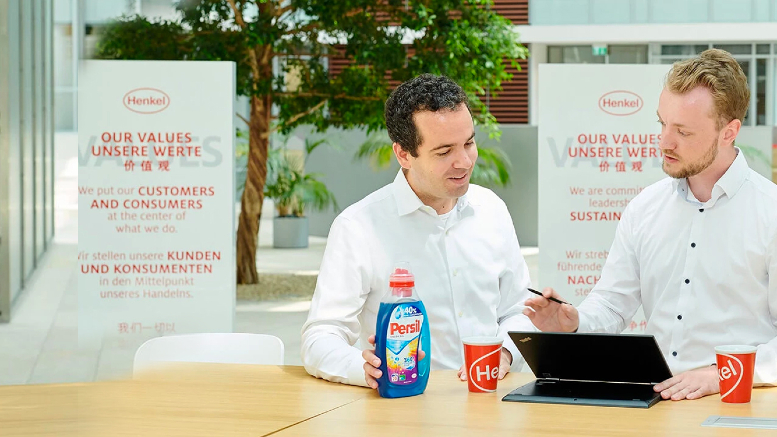Balancing Hyperautomation And Hyperpersonalization
agosto 26, 2021 / Suzanne Taylor
Two important trends are on a collision course within organizations today.
One is automation. There’s a big push to continually automate processes to make things more efficient and reduce costs. At first, automation focused on automating rote, repetitive tasks that didn’t require a lot of smarts, through scripting or robotic process automation. But now, the momentum is building around hyperautomation, which incorporates traditional automation technology with more intelligent technology.
According to Gartner, hyperautomation “enables organizations to rapidly identify, vet and automate as many processes as possible using technology such as robotic process automation (RPA), low-code application platforms (LCAP), artificial intelligence (AI) and virtual assistants.”
At the same time, there’s a growing focus on hyperpersonalization, which uses technology to elevate the human experience. Hypersonalization is traditionally used in marketing to describe the process of targeting customers. But this term can describe any process that adapts the behavior of systems based on user data, behavior and/or emotions to improve the user experience.
The more personalized the experience is, the more effective it can be. But hyperpersonalization may require investment in natural language and other technology, which can be expensive. That runs counter to a key driver of automation and hyperautomation: cost savings. But using automation judiciously can eliminate the need for a user to interact with the system at all.
Automation is about taking the user out of the loop, yet user experience is critical to adoption. So, it’s important for people who implement AI and related projects to strike the right balance between cost pressure and revenue pressure, efficiencies and insights and hyperautomation and hyperpersonalization. Use automation to minimize when a user needs to interact, but when the user does, make it a great experience.
Here are some tips on how you can achieve that balance as you navigate this collision course:
Keep People Front and Center
Don’t disregard people when implementing automation because automated decision-making exists to serve people.
Understand the needs and perspectives of the people you’re catering to. Ensure the processes and systems you implement are easy to use, make sense to the intended users and are of value to them. Make sure that end users will trust the output.
Employ design thinking in your work to make that happen. This approach keeps users in mind from the beginning. Select a subset of users from your customer, or from within your organization, to try and provide feedback on your automated system so you can fine-tune it.
Address The Human Element Inside And Out
Consider the human element that exists behind the scenes. Be clear with internal stakeholders and relevant partners on the expectations of your automation projects. As I noted in a previous article, be upfront with your business stakeholders about what your AI model can do and what it can’t do and understand the cost of making incorrect recommendations.
Define the roles of humans in your hyperautomation efforts at the beginning of those projects. Is the role of the human gaining trust in your solution? Is it validating the results? If hyperautomation will provide your people with insights, how will the system present that information to them? Will there be personas to allow you to automate different actions based on various situations and individuals to enable hyperpersonalized end-user experiences?
The industry in which you operate may drive how much visibility and auditability you require. But regardless of your sector, be aware that people will need visibility into what’s going on with automation. You might need to investigate when something goes wrong or understand why a recommendation was made. Use analytics and dashboards to get that visibility.
Embrace Holistic Data Management
Hyperautomation and hyperpersonalization both depend heavily on data. Establish a strategy and processes for contending with the tsunami of data that such efforts will require.
Adopt a strategy of holistic data management. This will increase the chance that you get the amount and kind of data you need. You will be better positioned to prepare and process data, ensure your data is valid and get the required permissions for data use.
Be aware that you won’t necessarily have all the data you need upfront. You might use an individual’s recent online behaviors to change virtual agent prompts. Or you may use automation to find and fix connectivity or digital device performance issues as they occur.
Build Resiliency
Resilience is the new disaster recovery. You may backup your systems and data to increase your resilience. Now you can also build resilience by automating processes.
IDC says that “the need for automation will increase as enterprises move towards an era of digital resiliency.” If you automate the right way, you can avoid business disruption in the event of unexpected demand or natural or human-made events.
Hyperautomation and hyperpersonalization also make employees more resilient by preventing frustration and illustrating your compassion. You could sense that an employee is struggling with a suboptimal connection and address it proactively, making the person’s life easier. That could prevent worker burnout and increase employee productivity and retention.
There’s also going to be a lot more self-service, which is part of automation. If my laptop dies, even if I’m in an office, IT support may not be in the same location. So, I still have to work in a remote way, which may involve some level of self-service, to fix it. Send me the information quickly and present it to me in a way that I can understand and act on. Or have intelligent automation in place to detect and resolve network or application issues before I’m even impacted.
Enterprises today are working to do more with less. The race is on to drive down costs and increase margins while trying to capture market share by doing innovative things. Embracing hyperautomation and hyperpersonalization in a balanced way can better position you to realize your desired business outcomes while delivering the experiences that end users want, need and expect.


















